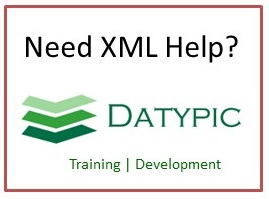EffectiveValueList
Expresses effectivity as a list of discrete values with no relationship between the values. Additional sequence value can be defined to prioritize the order in which the values are evaluated during processing
Element information
Namespace: http://www.openapplications.org/oagis/10
Schema document: Common.xsd
Type: EffectiveValueListType
Properties: Global, Qualified, ID: oagis-id-0cda738dc42b40fea0b6d725a14b5006
Content
- Sequence [1..1]
- InclusiveIndicator [0..1] The InclusiveIndicator element is used to identify whether the SearchValue should be an included or excluded component of the result set. For example, if a user was looking for ballpoint pens, but NOT red ballpoint pens, the transaction would contain two instances of the SearchTerm data type one containing a SearchValue of ‘Ballpoint’ and an SearchValueInclusive of 'Inclusive' and one containing a SearchValue of ‘Red’ and an SearchValueInclusive of 'Exclusive'
- Extension [0..1]
from type IdentificationTypefrom type EffectiveValueListBaseType
Attributes
| Name | Occ | Type | Description | Notes |
|---|---|---|---|---|
| typeCode | [0..1] | CodeType_1E7368 | from type IdentificationType | |
| actionCode | [0..1] | ActionCodeContentType | from type IdentificationType |
Used in
- Type EffectivityBaseType
- Type EffectivityType via extension of EffectivityBaseType (Elements Effectivity, MarkEffectivity, ProductLeadTimeEffectivity)
Sample instance
<EffectiveValueList> <ID/> <IDSet> <ID/> </IDSet> <InclusiveIndicator>true</InclusiveIndicator> <Extension> <AnyExtension> <!--any element--> </AnyExtension> <Amount/> <Code/> <DateTime></DateTime> <ID/> <Indicator>true</Indicator> <Measure/> <Name/> <Number>1.0</Number> <Quantity/> <Text/> <Time></Time> <ValueText>string</ValueText> </Extension> </EffectiveValueList>



